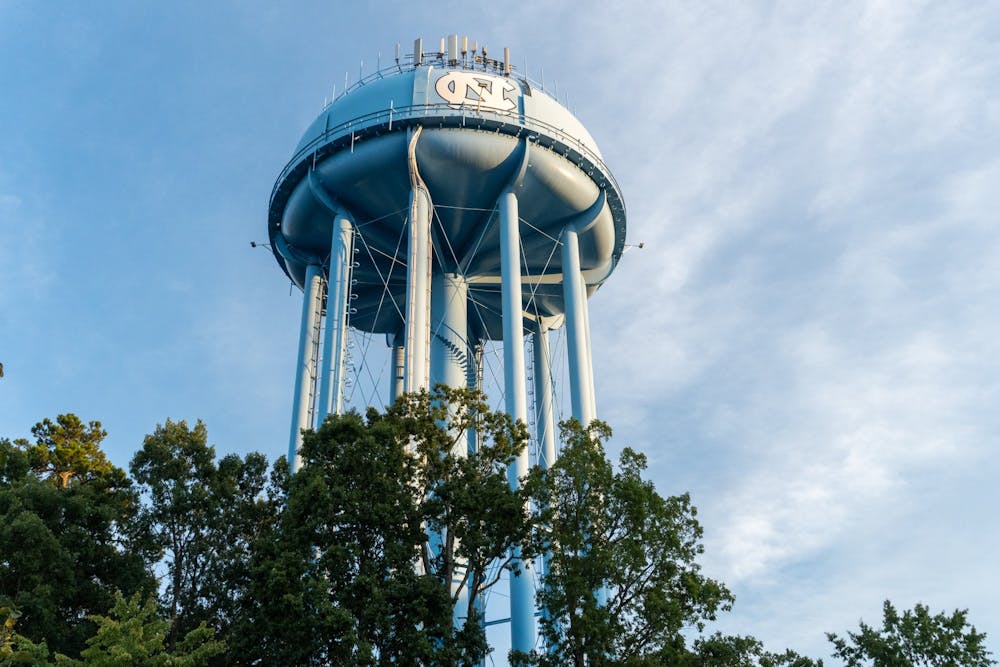When students first set foot on campus in the eighteenth century, The Old Well was the only source that provided drinking and bathing water. As UNC grew into the University that it is today, the water and sewer systems have also expanded.
Water sustainability is one of the main missions of Sustainable Carolina, UNC's campus-wide organization dedicated to reducing environmental footprint. The organization's new water plan has prioritized reducing consumption and amplifying research.
“Water is a necessary, important resource,” Margaret Holton, Water Resources Manager for UNC Energy Services, said in an email statement. “The water plan pulls together work that has and is going on on campus, both in the sustainability and the research areas.”
In 1976, Chapel Hill, Carrboro and UNC water systems were combined to form a single utility that is now called the Orange Water and Sewer Authority (OWASA), Melanie Elliott, Sustainability Analyst at Sustainable Carolina and a contributor to the new UNC Water Plan, said.
“It’s fair to say that UNC was a major catalyst for the water system that we have now and the infrastructure - and we’re still responsible for a lot of that,” Elliot said.
The newly developed plan was published on Earth Day 2022 and outlines two overarching goals.
It first seeks to reduce UNC's water footprint by continuing to reduce potable water consumption and minimizing water use, while also helping maintain stormwater runoff and pollutant load.
Additionally, the plan aims to amplify water research on campus by creating a network of community sustainability partners.
In order to ensure that enough potable water is available for consumption, contact and research — the University uses non-potable, reclaimed water for activities that do not require drinking-quality water.



